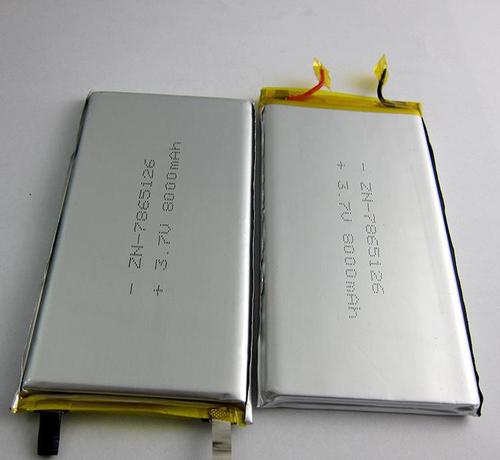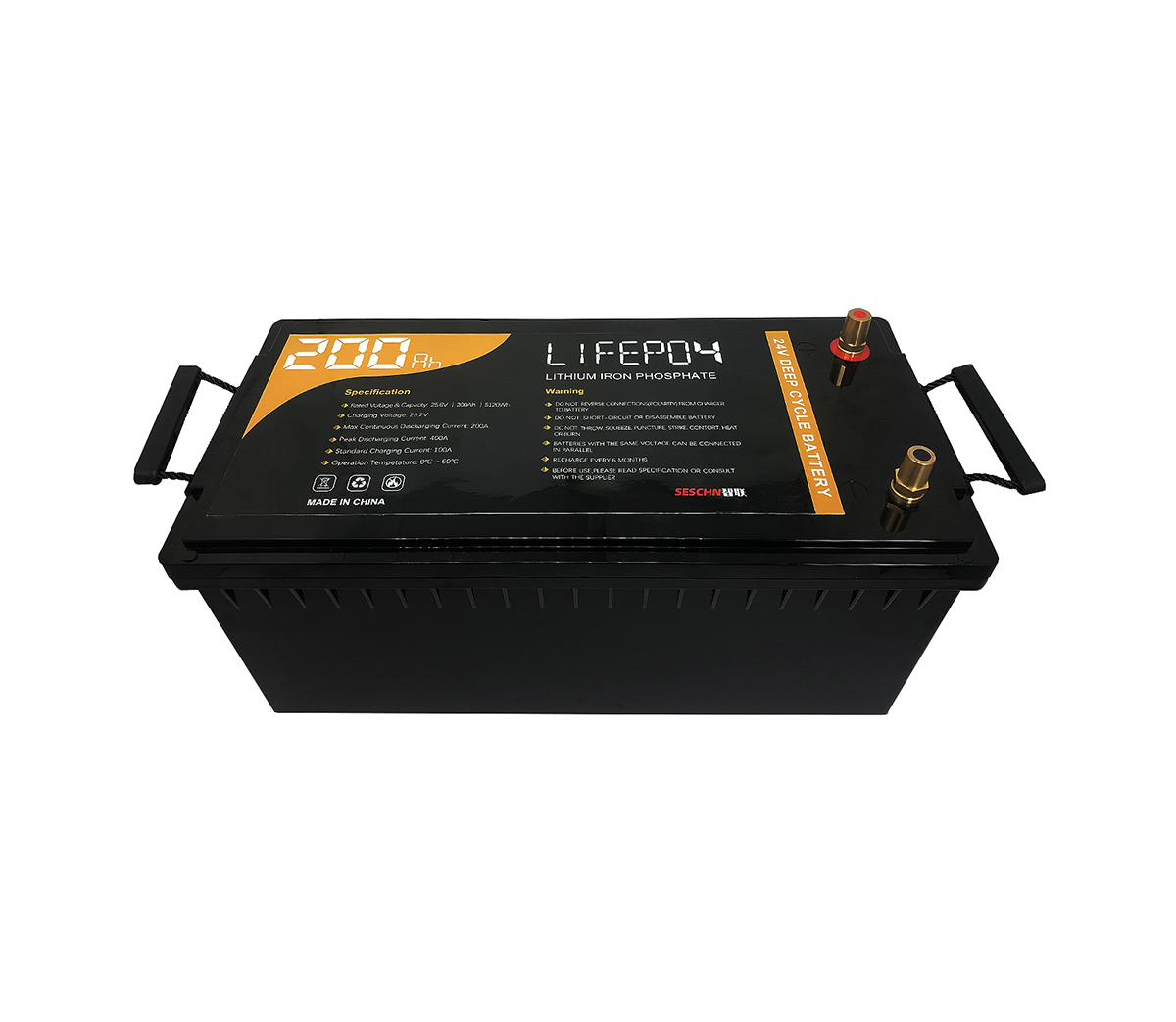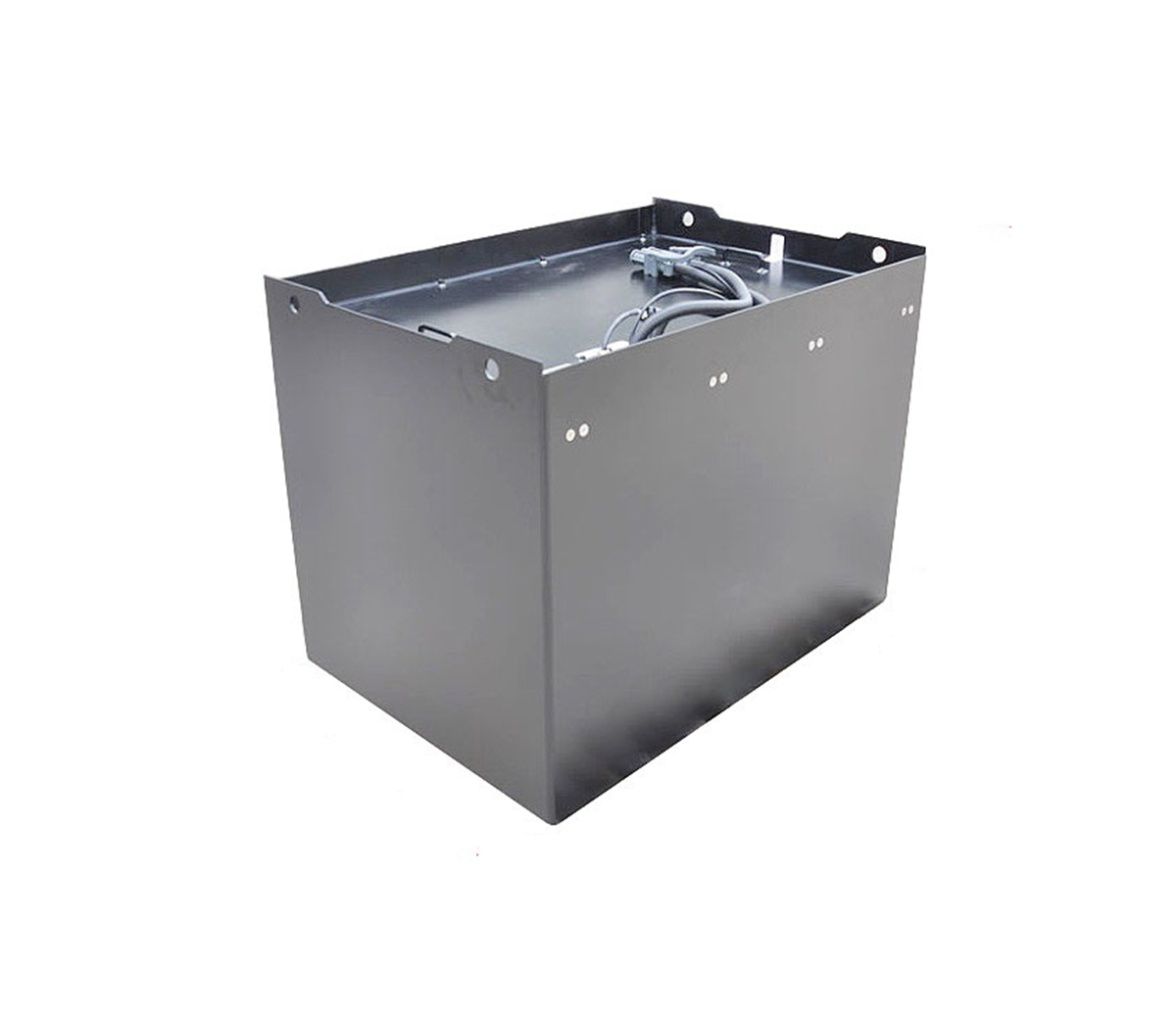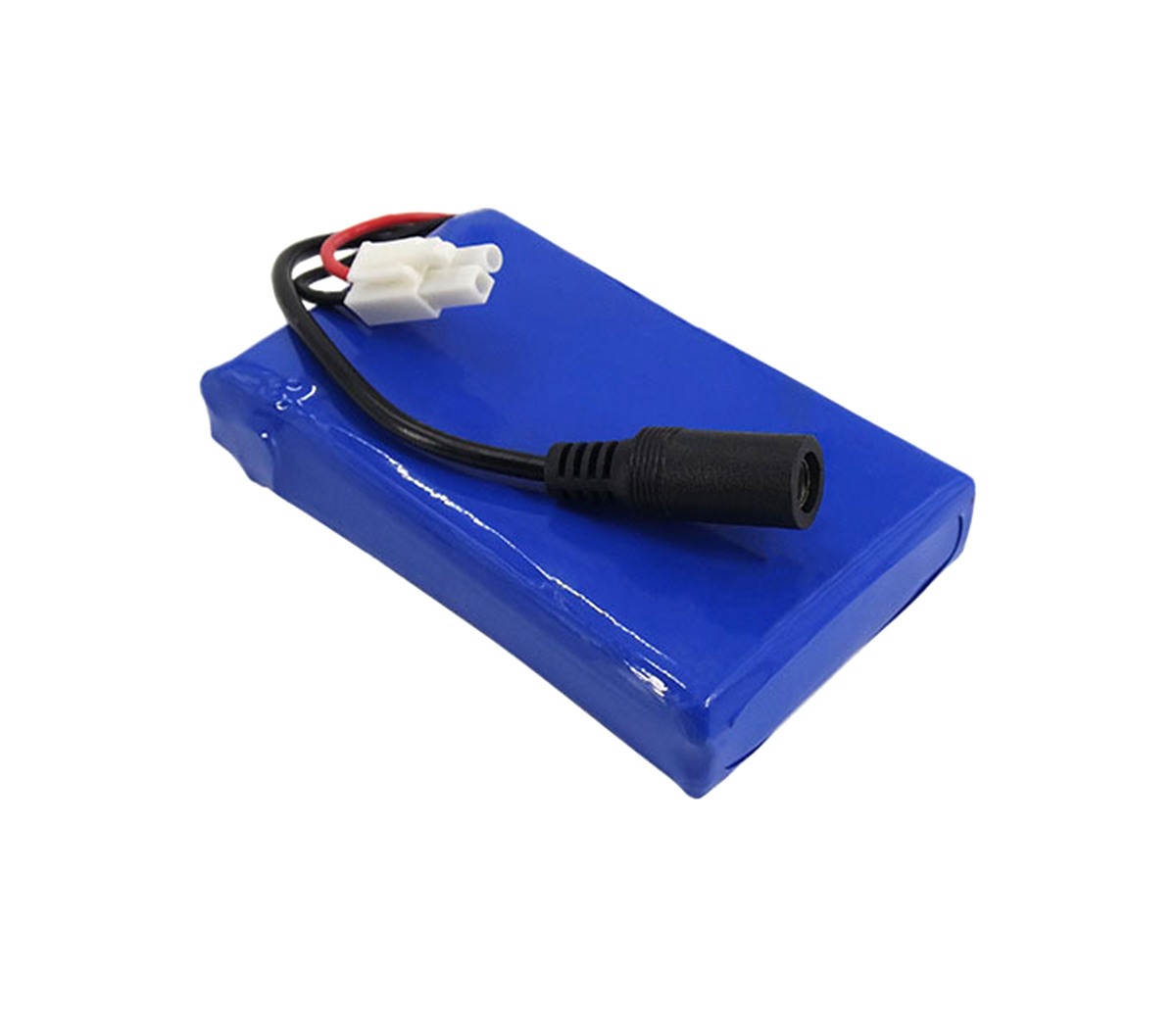
The principle of lithium battery protection board: The circuit and
parameters of the lithium battery protection board are different according to
the use of IC, voltage, etc.
The normal working process of lithium battery protection board is:
When the battery voltage is between 2.5V and 4.3V, both pins 1 and 3 of
DW01 output high level (equal to the supply voltage), and the voltage of the
second pin is 0V. At this time, the voltage of pin 1 and pin 3 of DW01 will be
applied to pin 54 of 8205A respectively. The two electronic switches in 8205A
are in the conducting state because their G pole is connected to the voltage
from DW01, that is, two The electronic switches are all on. At this time, the
negative electrode of the battery and the P- terminal of the protection board
are equivalent to a direct connection, and the protection board has a voltage
output.
Overcharge protection board: The protection board must have the ability to
prevent the cell voltage from exceeding the preset value. Over-discharge
maintenance: The protection board must have the ability to prevent the cell
voltage from falling below the preset value.
2, current capability
(overcurrent protection current, short circuit protection)
As a safety protection device for lithium batteries, the protection board
must not only work reliably within the normal operating current scale of the
equipment, but also be able to act quickly when the battery is accidentally
short-circuited or over-current, so that the batteries are protected.
3.7v lithium battery protection board schematic diagram
3, on-resistance
definition: when the charging current is 500mA, the on-resistance of the
MOS tube.
Due to the high operating frequency of communication equipment, the low bit
error rate required for data transmission, and the steep rising and falling
edges of the pulse train, the current output capability and voltage stability of
the battery are required to be high, so the MOS switch of the protection board
is turned on The time resistance should be small. The single-cell battery
protection board is usually "70mΩ. If it is too large, it will cause abnormal
operation of the communication equipment, such as sudden disconnection of the
mobile phone during a call, telephone connection failure, noise, etc.
4, self-consumption current
definition: IC operating voltage is 3.6V, under no-load conditions, the
operating current flowing through the protection IC is generally very small.
The self-consumption current of the protection board directly affects the
standby time of the battery. Generally, the self-consumption current of the
protection board is less than 10 microamps.
5, mechanical function, temperature adaptability, antistatic ability
The protection board must be able to pass the sensation and impact test of
the national standard rules; the protection board can work safely at 40 to 85
degrees, and can withstand the non-touch ESD static test of ±15KV.
The protection function of lithium battery is usually completed by the
protection circuit board and PTC. The protection board is composed of electronic
components. It can accurately monitor the voltage of the battery cell and the
current of the charging and discharging circuit under the environment of
-40℃~+85℃, and timely Control the on and off of the current loop; the main
function of PTC is to protect in high temperature environments and prevent
vicious accidents such as burning and explosion of the battery.
[Hint] PTC is the abbreviation of PosiTIvetemperaturecoefficient in
English, which means positive temperature coefficient resistance (the higher the
temperature, the greater the resistance). This component can play the role of
over-current protection, that is, to prevent high-temperature discharge of the
battery and unsafe high-current charging and discharging. The PTC device is made
of high molecular material polymer through a rigorous process, consisting of a
polymer resin matrix and conductive particles distributed inside. Under normal
conditions, conductive particles form a conductive path in the resin, and the
device exhibits low impedance; when there is an overcurrent phenomenon in the
circuit, the heat generated by the large current flowing through the PTC causes
the volume of the polymer resin matrix to expand, thus Cut off the connection
between conductive particles, so as to protect the circuit from overcurrent.
When the fault is resolved, the component can automatically return to the
initial state to ensure the normal operation of the circuit.
1. Charge and discharge requirements for lithium batteries
1. Charging the lithium battery
The highest end-of-charge voltage of a single-cell lithium battery is 4.2V,
and it cannot be overcharged, otherwise the battery will be scrapped due to the
loss of too much lithium ions in the positive electrode. When charging the
lithium battery, a dedicated constant current and constant voltage charger
should be used. First, charge with constant current until the voltage at both
ends of the lithium battery is 4.2V, then switch to constant voltage charging
mode; when the constant voltage charging current drops to 100mA, Charging should
be stopped.
The charging current (mA) can be 0.1 to 1.5 times the battery capacity, for
example: a 1350mAh lithium battery, the charging current can be controlled
between 135mA and 2025mA. The normal charging current can be selected at about
0.5 times the battery capacity, and the charging time is about 2 to 3 hours.webcam factory
2. Discharge of lithium battery
Due to the internal structure of the lithium battery, all lithium ions
cannot move to the positive electrode during discharge, and some lithium ions
must be retained in the negative electrode to ensure that lithium ions can be
inserted into the channel smoothly during the next charge. Otherwise, the
battery life will be shortened. In order to ensure that some lithium ions remain
in the graphite layer after discharge, it is necessary to strictly limit the
minimum discharge termination voltage, which means that the lithium battery
cannot be over-discharged. The discharge termination voltage of a single-cell
lithium battery is usually 3.0V, and the minimum cannot be lower than 2.5V. The
length of battery discharge time is related to battery capacity and discharge
current. Battery discharge time (hours) = battery capacity/discharge current,
and the lithium battery discharge current (mA) should not exceed 3 times the
battery capacity, for example: a 1000mAh lithium battery, the discharge current
should be strictly controlled within 3A, otherwise it will The battery is
damaged.



































